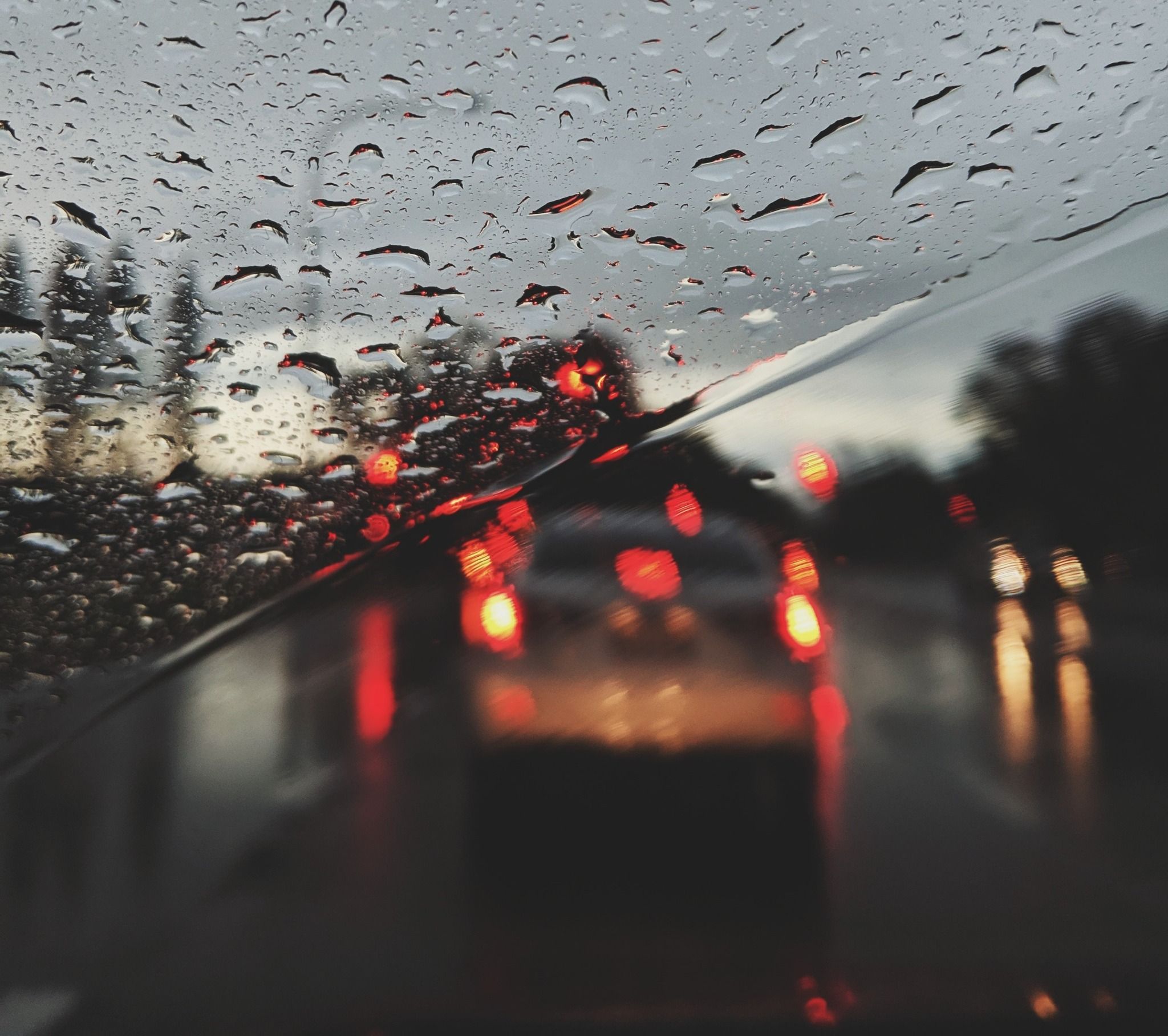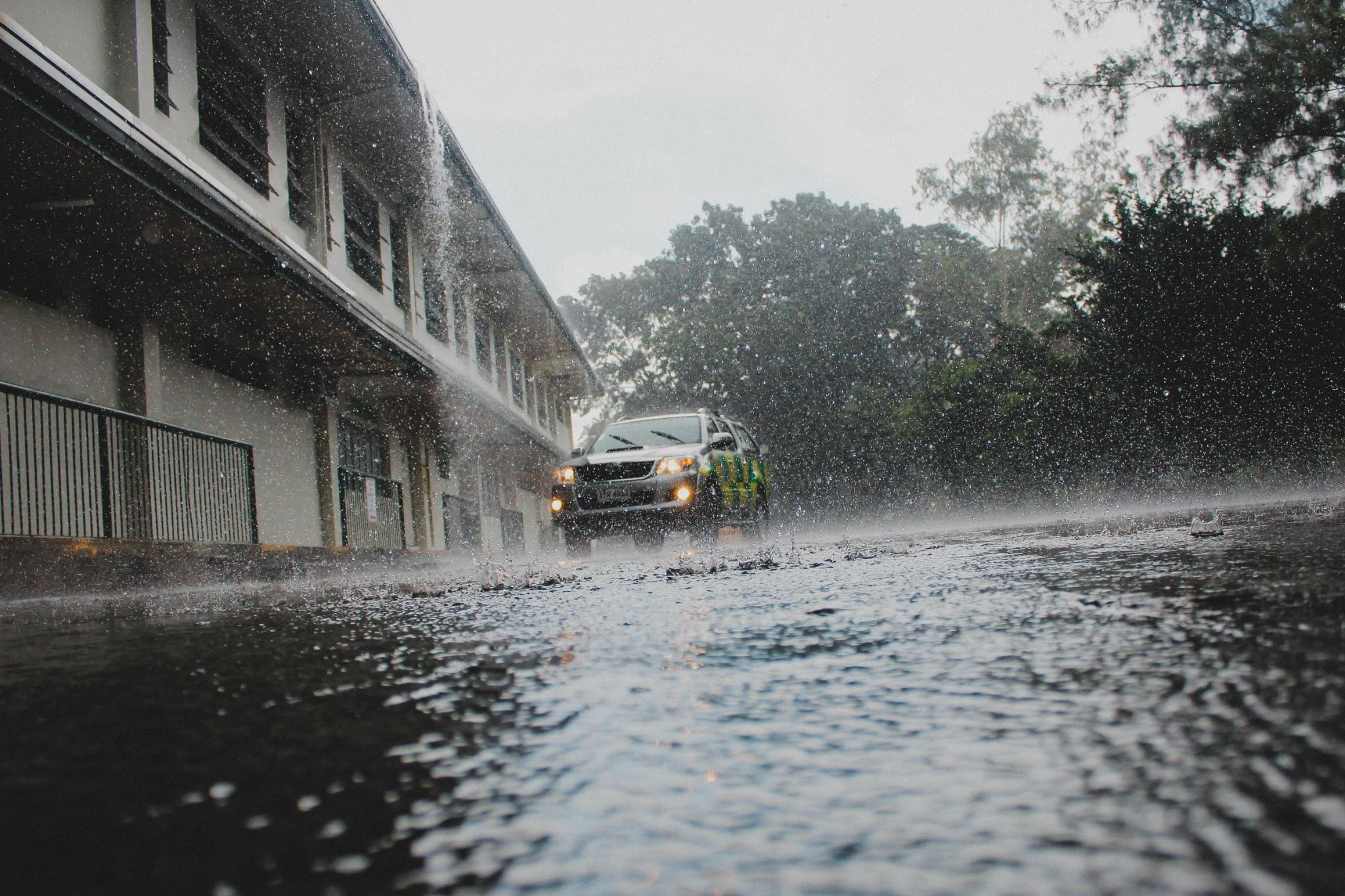Winds of up to 85mph are forecast for England’s south coast with rain warnings in place for much of UK for tonight and Thursday.
As the nation grapples with yet another storm anf motorists tackle their journeys on flooded roads, we are offering advice for drivers who may encounter challenges on their commutes.
A lot of things can go wrong, from skidding on a wet road to reduced visibility to hydroplaning, which can lead to accidents, injuries, and even fatalities. To help you stay safe on the road, we have put together some tips for driving in stormy weather conditions.
Slow Down and Increase Your Following Distance
When driving in stormy conditions, visibility is often reduced, so it's important to slow down and allow yourself more time to react to anything unexpected.
Keep a safe following distance from the car in front of you to give you plenty of space to brake or steer out of the way if necessary.
Remember that heavy rain can make it harder for your car to stop, so give yourself more time and space than you would in normal conditions.
Use Your Headlights
Visibility is often impaired during stormy weather conditions. Turn on your headlights to enhance your visibility and increase your chances of being seen by other drivers.
Dipped headlights are the brightest headlights you have without dazzling other road users.

Beware of aquaplaning
Aquaplaning is a real danger when driving in stormy weather conditions. It occurs when your vehicle tyres lose contact with the road due to standing water.
Avoid driving through deep puddles, as they can cause you to lose control of your vehicle.
If you do happen to hit a patch of standing water, take your foot of the acceleration to gently slow down but don’t slam on your brakes.
Stay calm and avoid sudden turns or lane changes, as they increase the risk of losing control of your vehicle.

Stay Calm and Focused
Driving in a storm can be stressful, but it's important to stay calm and focused behind the wheel.
Avoid sudden movements or jerky steering, and keep your eyes on the road at all times. If possible, try to plan your route in advance so that you're familiar with the roads you need to take, and avoid any dangerous areas like flooded or blocked roads.
If you feel tired or fatigued, take a break and pull over. Never drive when your visibility or ability to control your vehicle is compromised.
Give your car a once over
If you know you’re going to be driving in bad conditions, it’s worth putting in time before you set off, to avoid any problems. Things to check before you head out are:
- Windscreen wipers - Make sure they clear the water from your screen efficiently.
- Tyres - It’s cars with bald tyres that are most likely to aquaplane. The legal minimum tyre tread depth readings are 1.6mm, but we recommend switching rubber long before it gets to this level. If you’re not sure whether your tyres are safe, you can get a free tyre check at our of our dealerships.
- Check your fuel level - Petrol stations may not be open or harder to get too, especially if they are in a flood zone. So make sure you’ve got enough fuel to get to where you are heading, stress-free!

Know When to Call It a Day
If the storm is particularly severe or the roads are in a dangerous condition, it might be best to avoid driving altogether. In some cases, the best thing you can do is simply wait out the weather until it clears up.
If you have no choice but to go out in the storm, be prepared - bring warm clothing, blankets, food, and water in case you get stranded.
Remember that your safety is more important than anything else, and don't take unnecessary risks.